1. The past six months have been an exciting roller coaster of the birth of a new wildlife research project: my master’s thesis. I began my MSc in September of 2018, as a co-supervised student between Cole Burton (Wildlife Coexistence Lab) and Suzanne Simard (Belowground Ecology Group). My work focuses on how forest harvesting methods, particularly partial harvesting treatments, affect terrestrial mammal biodiversity. Forestry is a land-based industry, and much of our province’s biodiversity and social values are intrinsically related to the health of forest ecosystems. One of the first things I learned in grad school is how much I love my project and how lucky I am to be studying wildlife ecology on our forest land base.
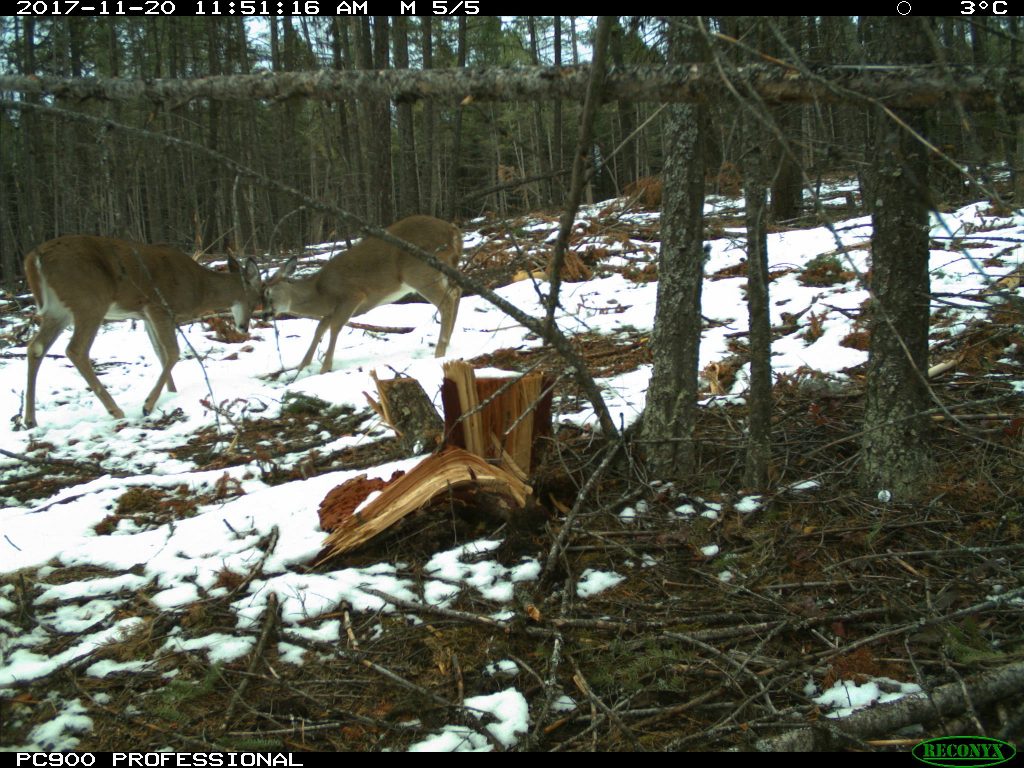 |
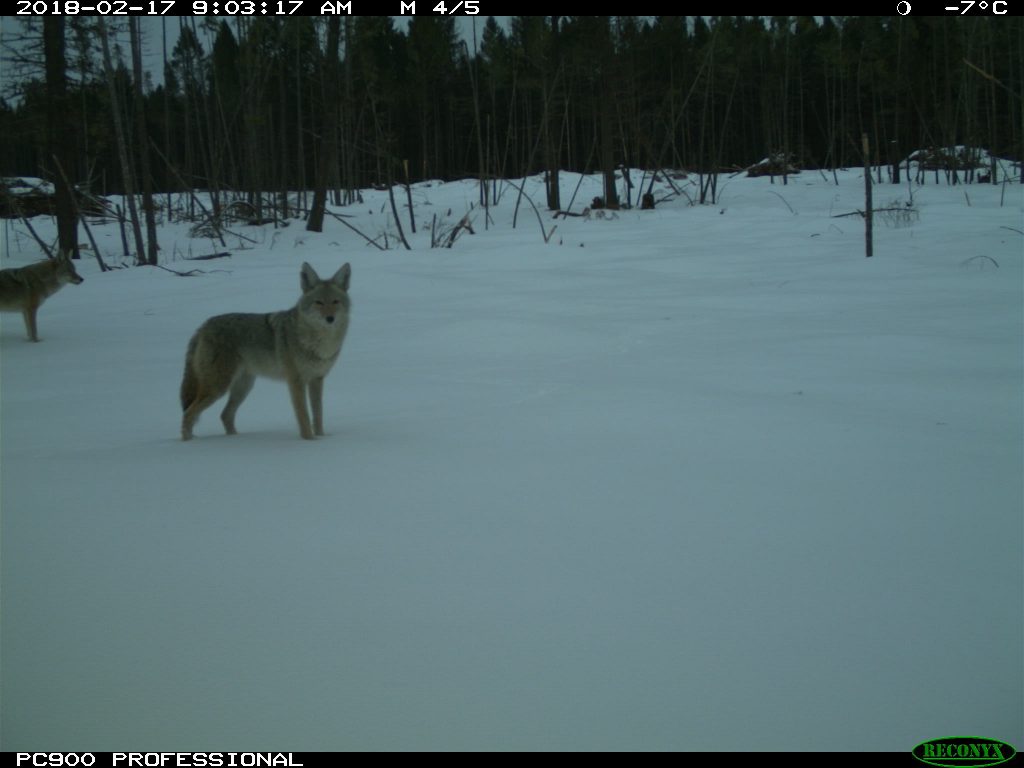 |
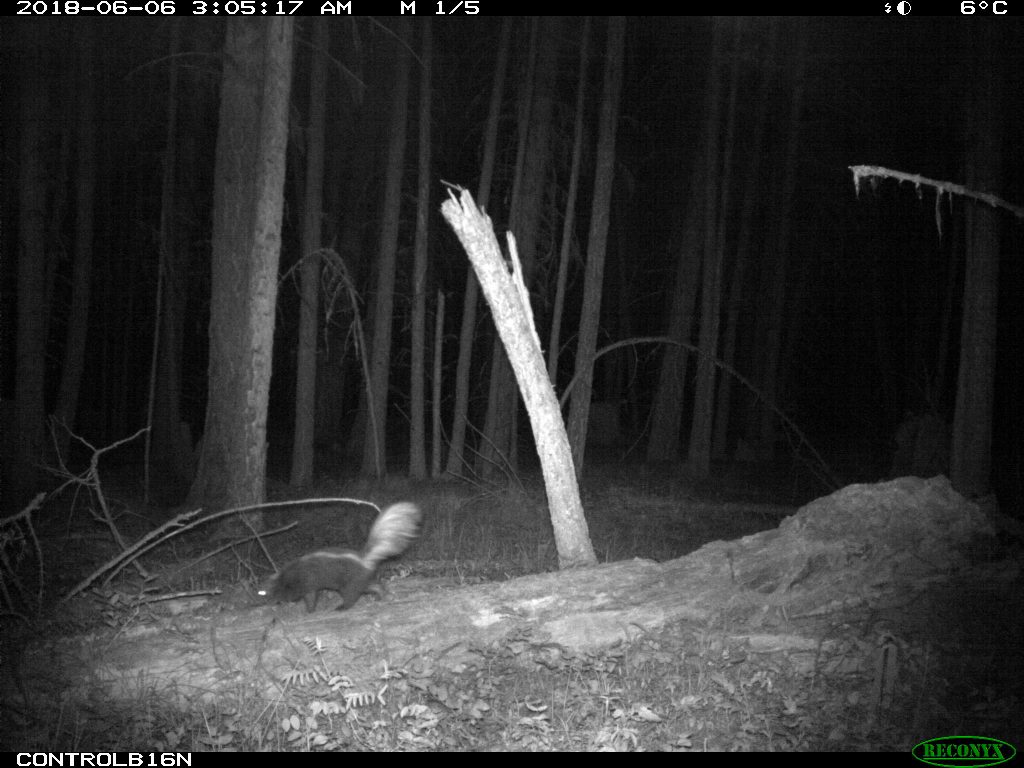 |
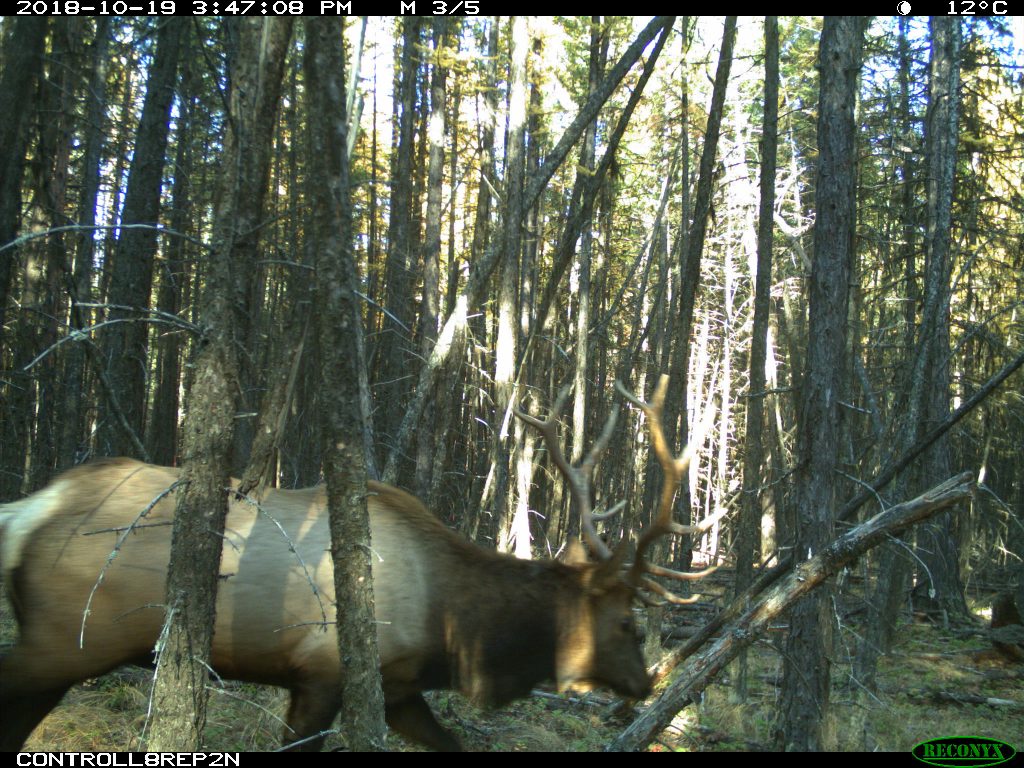 |
Figure 1. An assortment of the camera trap images of species from my study site in the Kootenays: from left to right and top to bottom, white-tailed deer butting heads, coyotes hunting and observing the camera, a striped skunk (who happened to slip off the log in the next image), and a male elk passing through one of the control forests.
2. Settler-Canadians research, live and work on the ancestral, traditional and unceded territories of 203 First Nations in British Columbia. I grew up in Ontario, near the traditional territory of the Mississaugas of Scugog Island First Nation, who are Anishinaabeg. I feel humbled and grateful to be an uninvited guest on land that has supported over 14,000 years of community and history before my time in BC. I am grateful to be learning about the Indigenous Peoples who live on the territory around me and working towards building trusting, mutually beneficial relationships.
3. I am continually learning how to work more efficiently, ask for help or guidance when I need it, and lean on wonderful lab mates and friends for exercise breaks during longs days at the computer. In FNIS 533G Indigenous Legal Traditions, we check in each week about how we are striving to live the good life, via Anishinaabe ways of knowing. I am learning and sharing lessons about balancing work and seeking the support, fulfillment and validation we all need.
4. There is a magical and soul-satisfying aspect to looking at camera trap images. For me, this is because, via the lens of the camera, I am able to see how we share the forest landscape with wildlife, if only for a brief moment. Classifying and going through camera trap images is one of the best parts of this work! I am learning to make the most of that joy.
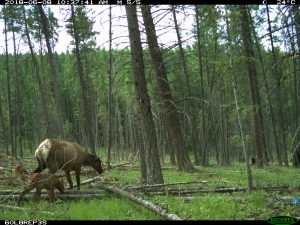 |
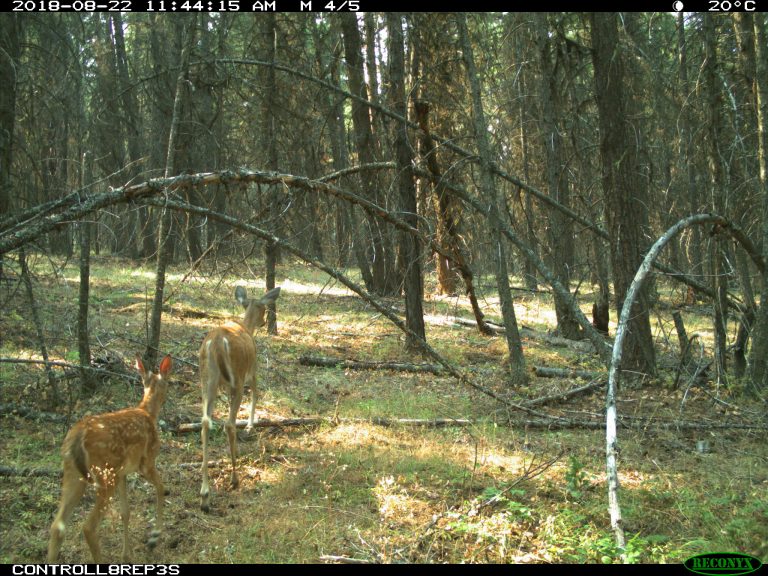 |
Figure 2. Elk (Cervus canadensis) and white-tailed deer (Odocoileus virginianus) adults with juveniles. A highlight from the first spring with operational cameras at sites in the Kootenays.
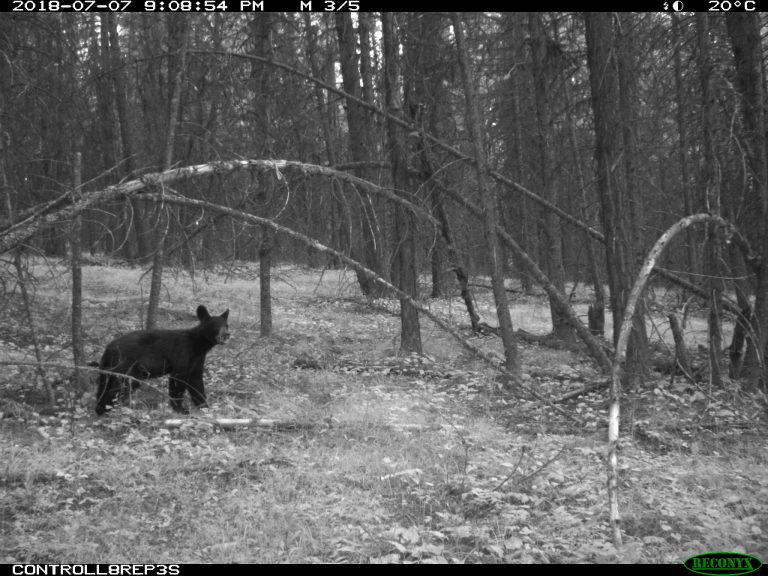 |
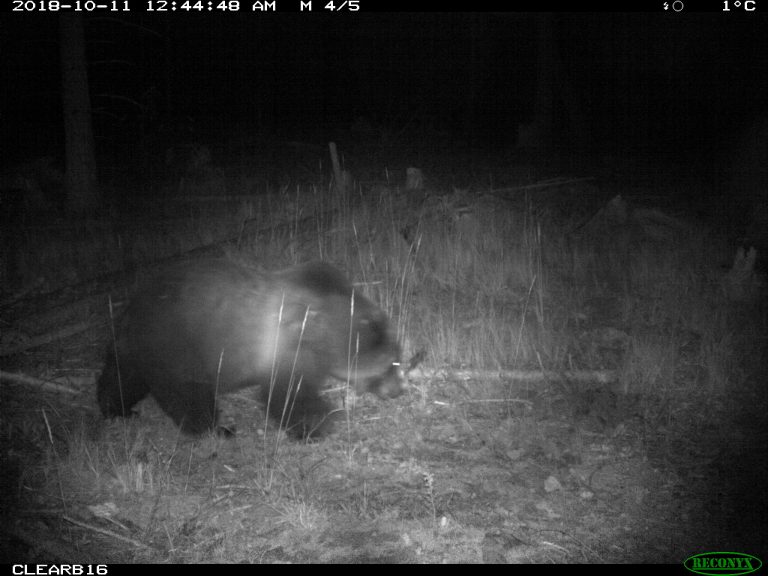 |
Figure 3. The first bear photos on the cameras (also in the Kootenays)! On the left is a black bear cub (Ursus americanus), and on the right is an adult grizzly bear (Ursus arctos).
5. Winter field work is the best. No bugs, no heat, all blankets of beautiful snow. 10/10 recommend.
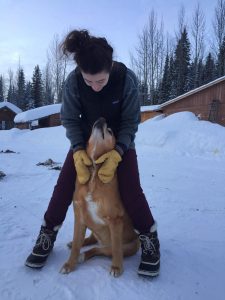 |
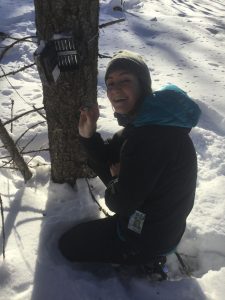 |
Figure 4. Enjoying winter field work with one of the dogs at Alex Fraser Research Forest (left), and taking out the first memory card in the Kootenays.